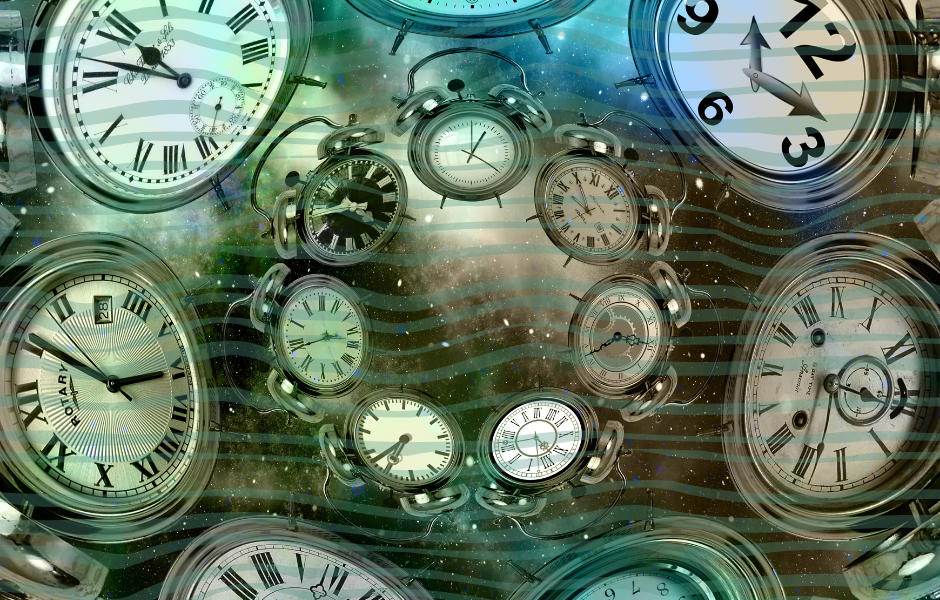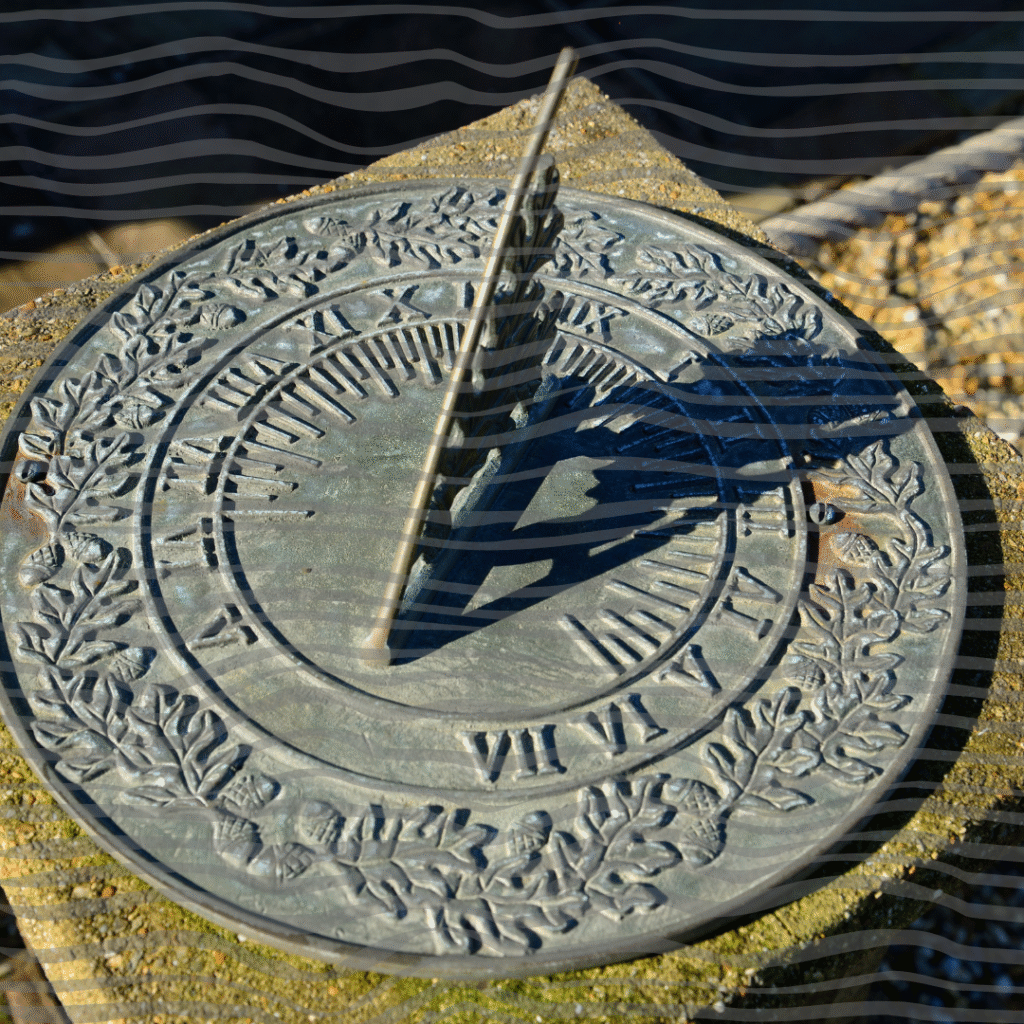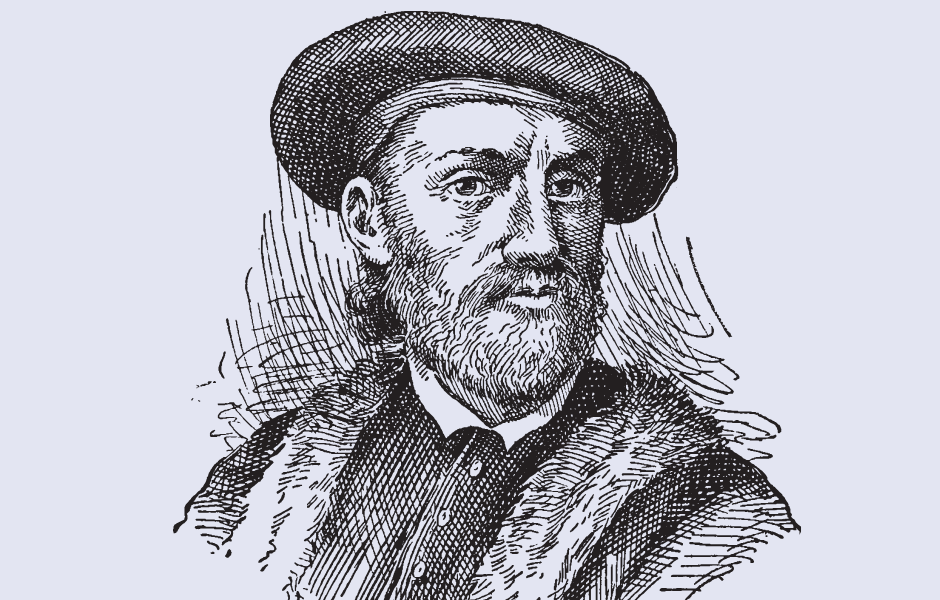
This children’s article, What Is Time and Why Does It Matter?, has been written for native English speakers and learners of English as a second or foreign language. It can help children practise reading and comprehension, learn useful vocabulary, and explore the fascinating story of how humans learned to tell time. Written by Sinead O’Carroll, an experienced teacher and writer.
The story of time
Have you ever wondered what time really is? Time is all around us. It helps us know when to wake up, when to eat, when to go to classes, when to meet our friends and when to go to bed.
Time is important because it helps people organise their day and work together.
Humans have been interested in time for thousands of years. A long time ago, people watched the Sun, Moon, and stars to understand how time passed. They noticed the Sun rises in the morning and sets at night. The Moon changes shape during the month. These changes helped them know when to hunt, plant crops, or celebrate special events.
How did people tell time before clocks?
Before clocks were invented, people used nature to tell the time. Early calendars were made by watching the Moon. This is called a lunar calendar.
It might seem strange to use the Moon first, but ancient bones with Moon phase carvings have been found that are over 20,000 years old! That shows how long humans have been tracking time.
The lunar calendar was useful but not perfect. It didn’t match the seasons well, so people started using the Sun to measure time instead. Ancient Egyptians and Babylonians divided day and night into 12 parts each by watching the stars and constellations. They also created early devices to track hours, like sundials (which use the Sun’s shadow), water clocks, and hourglasses.
The rise of mechanical clocks
By around the year 1000, mechanical clocks started to appear in Europe. These clocks could ring bells to tell people the time. Later, dials were added so you could see the hour on a clock face.
A big change happened in 1657 when a Dutch scientist named Christiaan Huygens invented a clock that used a swinging pendulum. The pendulum’s steady back-and-forth motion made clocks much more accurate. This made it possible to add minute and second hands to clocks.
By the 19th century, many people had pocket watches or clocks at home. They still used sundials outside to check if their watches were correct!
How do we tell time now?
Today, we use very precise clocks. Time zones help us know what time it is in different parts of the world.
The Earth is divided into time zones, usually one for every 15 degrees of longitude. This means that when you move 15 degrees east or west, the local time changes by about one hour.
However, not all countries follow this exactly. Some places choose a time zone that works better for them, even if it doesn’t match the 15-degree rule.
Why does time matter to you?
Time helps us plan our day, get to school on time, watch TV shows, and celebrate birthdays. It even helps scientists explore space and ships travel across oceans safely.
Without time, life would be very confusing!
Learn more about time here – A brief history of time: What is it and how do we define it?

Article vocabulary list
- Lunar calendar: A calendar based on the phases of the Moon.
- Solar calendar: A calendar based on the Sun’s movement through the year.
- Pendulum: A weight that swings back and forth, used in clocks to keep time.
- Mechanical clock: A clock that uses gears and springs to measure time.
- Time zone: An area of the world where the same standard time is used.
- Prime Meridian: The starting line for measuring longitude and time zones on Earth.
- Shadow: A dark shape made when an object blocks light, like the shadow made by a sundial.
Comprehension questions
Just click the plus (+) to see the answer
1. Why is time important?
a) To organise our day
b) To make food
c) To fly airplanes
Answer: a) To organise our day
2. What did ancient people use first to measure time?
a) The Sun
b) The Moon
c) Clocks
Answer: b) The Moon
3. Who invented the pendulum clock in 1657?
a) Isaac Newton
b) Christiaan Huygens
c) Albert Einstein
Answer: b) Christiaan Huygens
4. What is a lunar calendar based on?
a) The Sun
b) The Moon
c) The stars
Answer: b) The Moon
6. How many equal parts did Egyptians and Babylonians divide day and night into?
a) 10
b) 24
c) 12
Answer: c) 12
Sinead is a writer and EFL teacher with eight years’ experience. She’s a native English speaker who loves making news stories fun and easy to understand for children around the world. Her passions include travel, animals, and helping to make the world a kinder, more sustainable place.




